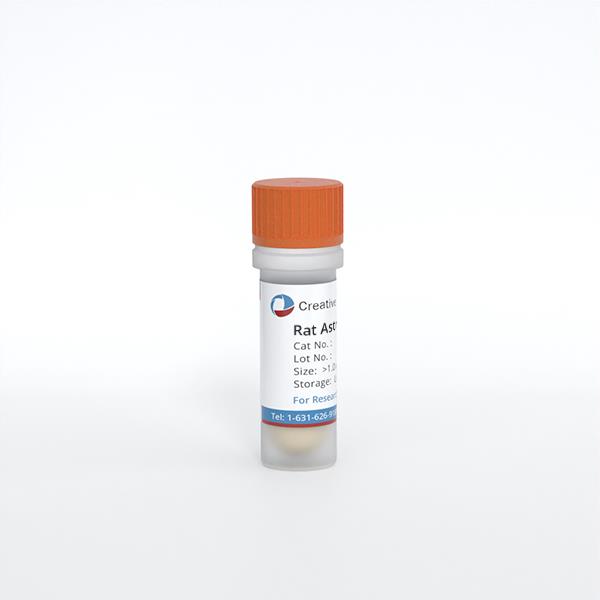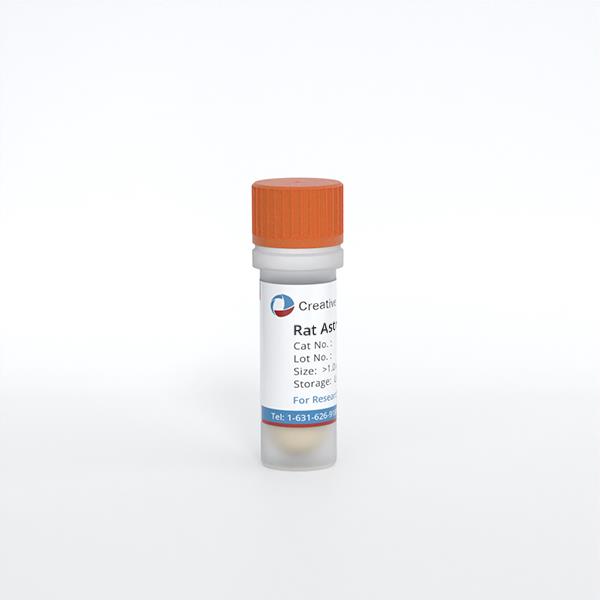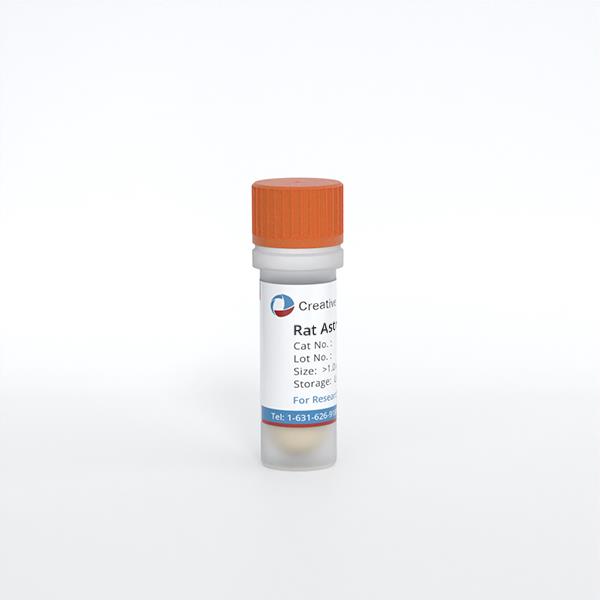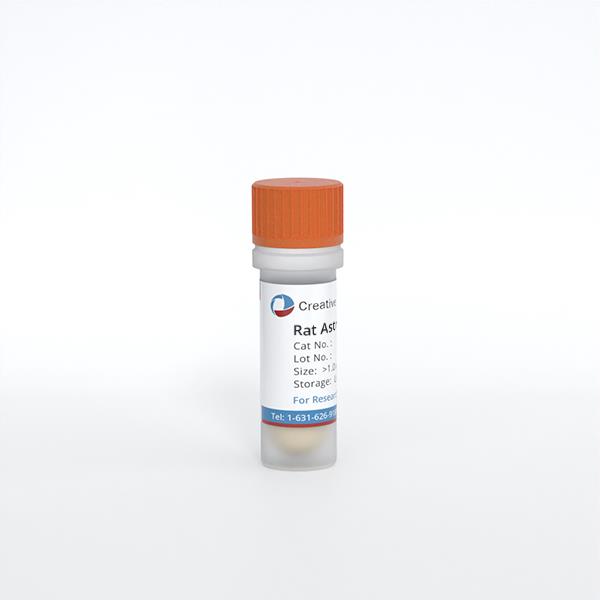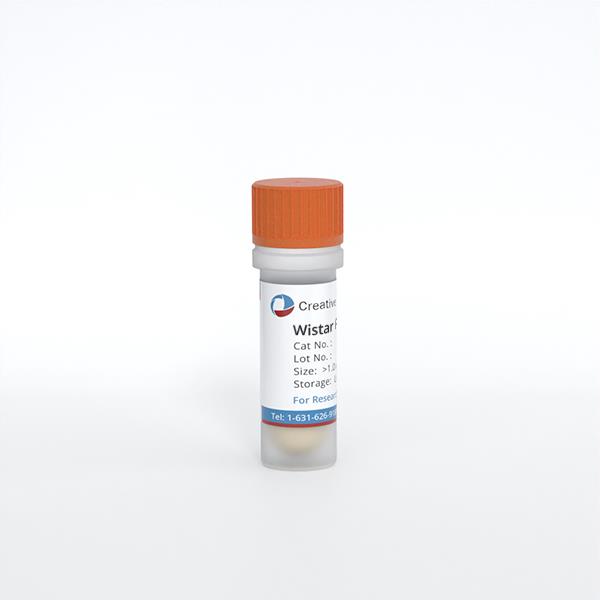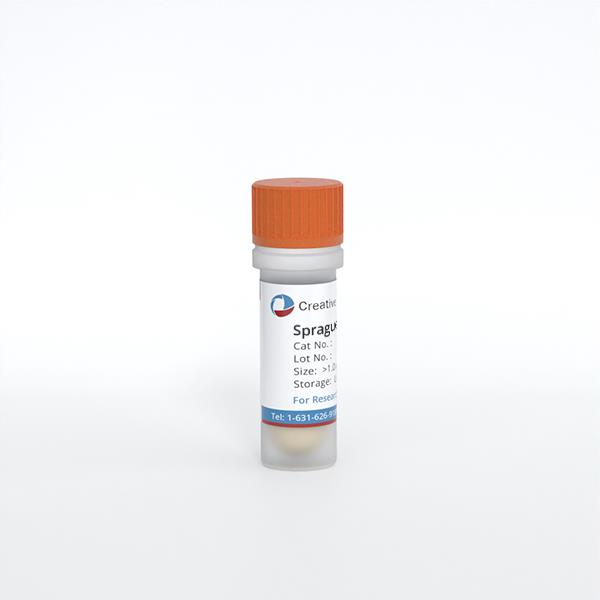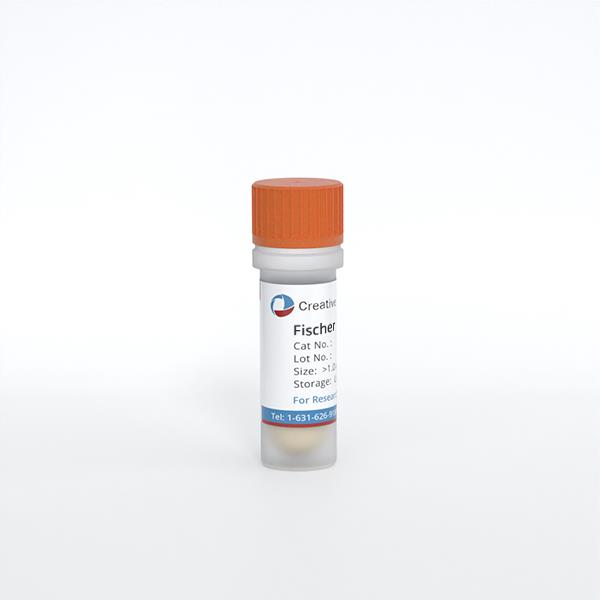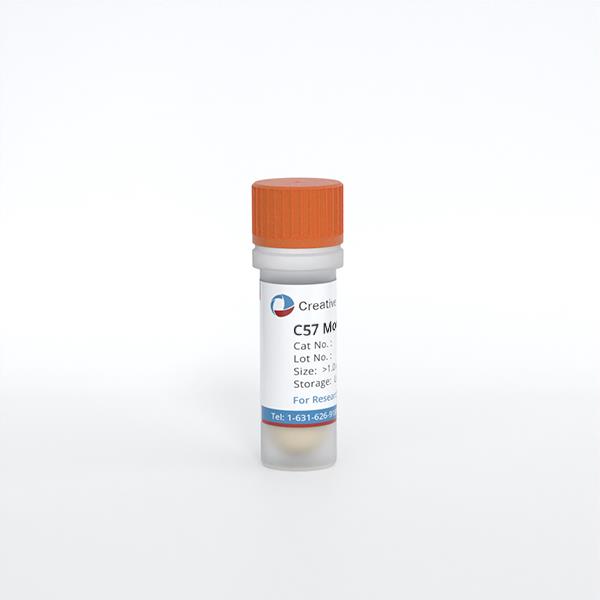Astrocytes
Astrocytes are the most numerous and diverse glial cells in the central nervous system (CNS). Astrocytes are divided into two main subtypes on the basis of differences in their cellular morphologies and anatomical locations: protoplasmic or fibrous. Protoplasmic astrocytes exhibit a morphology of many fine branches, which are expressed in a uniform globoid distribution, and are found throughout all grey matter. Fibrous astrocytes exhibit a long fiber-like morphology and are found throughout all white matter. Studies indicate that both protoplasmic and fibrous astrocytes make extensive contacts with blood vessels and form gap junctions between the distal processes of adjacent astrocytes.
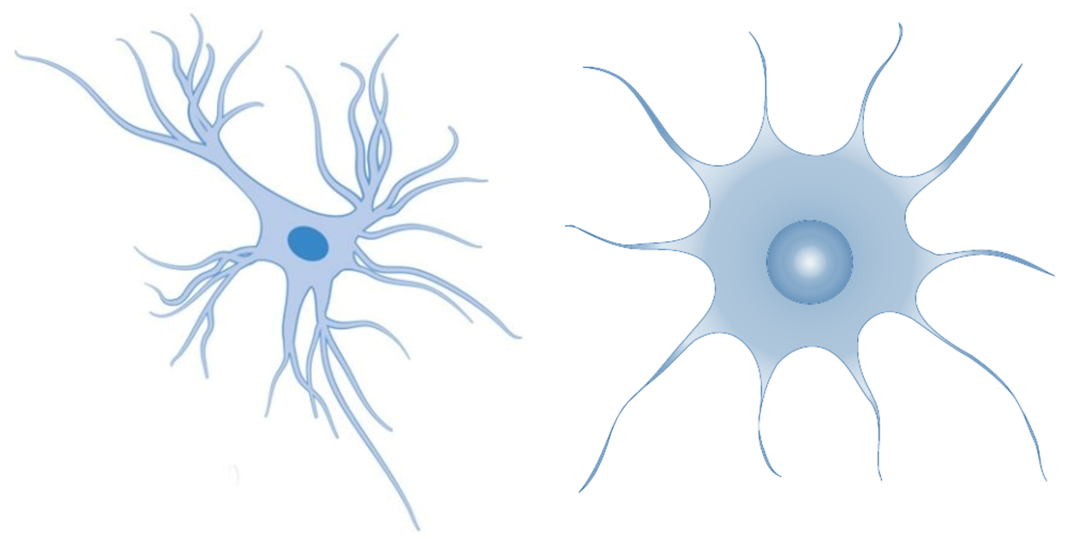
Role of Astrocytes in the Central Nervous System
Astrocytes play a significant role in brain circuitry and processing through a variety of neuronal functions. They control neuronal circuits by regulating the formation, maturation, elimination, and maintenance of synapses. Synaptic signaling depend on molecules secreted by astrocytes, usually cholesterol and thrombin.
Astrocytes respond to CNS injury or disease via the process called reactive astrogliosis. This pathology has become a characteristic of structural lesions to the nervous system and is the main area of current research. Astrocytes have been confirmed to be related to Alzheimer's disease, Huntington's disease, stroke, concussions, and CNS infections. Current research shows that reactive astrogliosis plays a major role in many CNS disorders.
Astrocytes are also responsible for ionic homeostasis, clearance of neurotransmitters, and regulation of extracellular space volume. The concentration of various ions in the extracellular fluid controls the generation and transmission of nerve impulses in neurons. If the ionic concentration gets disturbed, the neurons may fail to generate or propagate nerve impulses.
Astrocytes play an important role in forming the blood-brain barrier. The protoplasmic processes of astrocytes have vascular feet, which encircle the endothelial cells of the capillaries present in the brain, preventing leakage or movement of any unwanted substance from the blood in the capillaries to the extracellular matrix of brain. Thus, astrocytes make an important component of the blood-brain barrier.
Creative Bioarray's astrocytes provide a readily accessible, consistent, and biologically relevant source of astrocytes for the study of synaptic transmission and plasticity in normal CNS function and disease progression.
Description: Different parts of the rat brain, including the cortex, hippocampus, and cerebellum, are ...
Description: Different parts of the rat brain, including the cortex, hippocampus, and cerebellum, are ...
Description: Different parts of the rat brain, including the cortex, hippocampus, and cerebellum, are ...
Description: Astrocytes are the majority cell type of the mammalian brain. Astrocytes have been implicated in a ...
Description: Human Retinal Astrocytes (HRA) from Creative Bioarray are isolated from human retina. HRA are ...
Description: Human Astrocytes-spinal cord (HA-sp) from Creative Bioarray are isolated from human spinal cord. ...
Description: Human Astrocytes-midbrain (HA-mb) from Creative Bioarray are isolated from human midbrain ...
Description: Human Astrocytes-hippocampal (HA-h) from Creative Bioarray Research Laboratories are isolated from ...
Description: Human Astrocytes-cerebellar (HA-c) from Creative Bioarray are isolated from human cerebellar. HA-c ...
Description: Human Astrocytes-brain stem (HA-bs) from Creative Bioarray are isolated from human brain stem. ...
Description: Human Astrocytes (HA) from Creative Bioarray are isolated from human brain (cerebral cortex). HA ...
Description: Characterization: 1. Cell Activity;- Recovery Viability ≥ 80%.2. Cell Purity;- GFAP-positive cells ...
Description: Characterization: 1. Cell Activity;Recovery Viability ≥ 80%.2. Cell Purity;- GFAP-positive cells ≥ ...
Description: Characterization: 1. Cell Activity; Recovery Viability ≥ 80%. 2. Cell Purity; - GFAP-positive cell ...
Description: Different parts of the C57 mouse brain, including the cortex, hippocampus, and cerebellum, are ...
Description: Different parts of the C57 mouse brain, including the cortex, hippocampus, and cerebellum, are ...
Description: Different parts of the C57 mouse brain, including the cortex, hippocampus, and cerebellum, are ...
Description: Mouse Brain Mixed Astrocytes are obtained from C57 black or CD1 mouse brain, passaged once and ...
